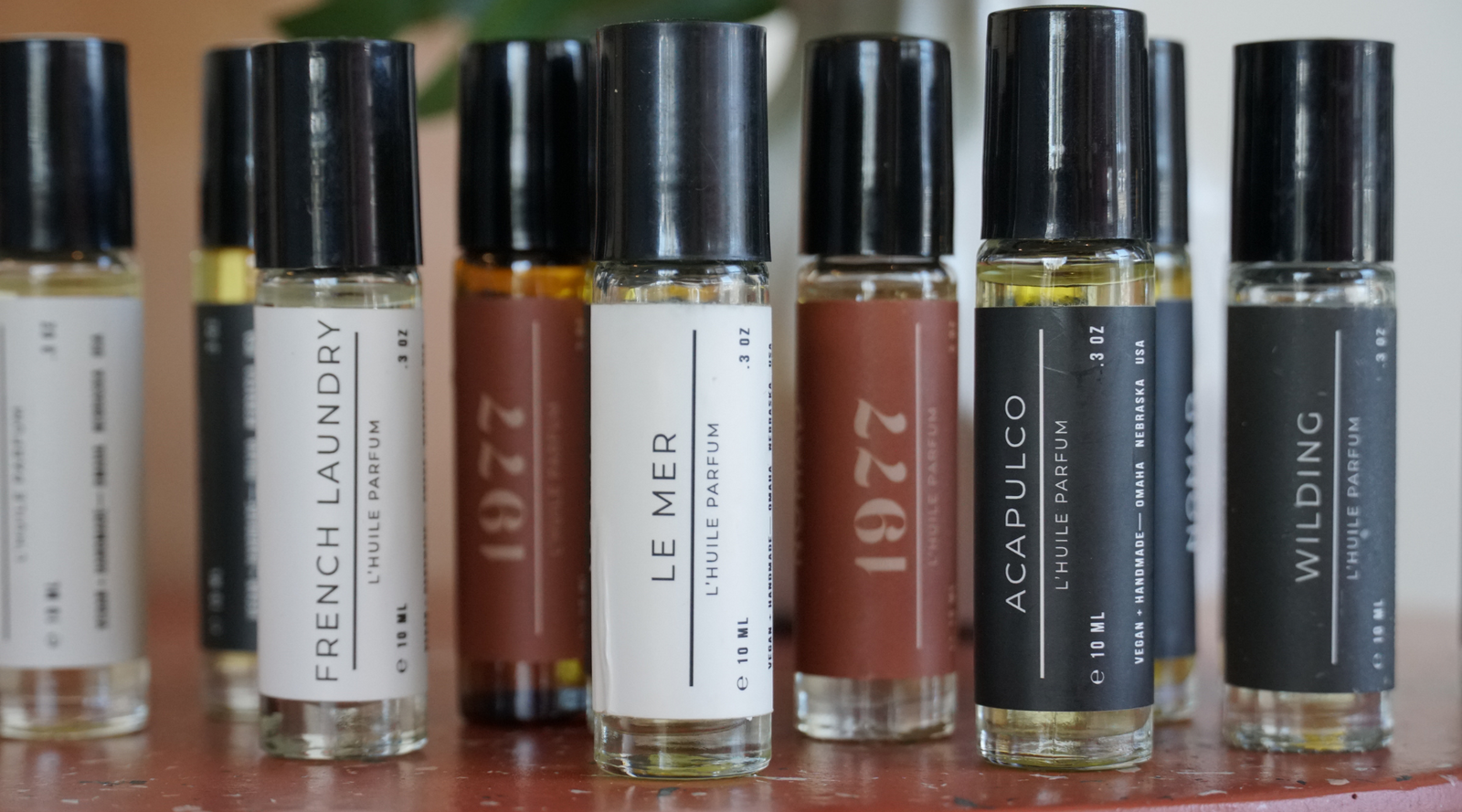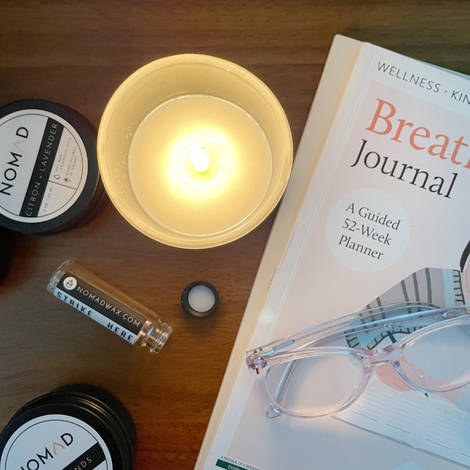How to store perfume the right way (so it truly lasts)

Whether you’re tucking away a clean perfume, high-end eau de parfum, a non-toxic perfume oil, or a natural perfume roll on, the enemies are the same: light, heat, oxygen, and humidity. Managing those four keeps your scent gorgeous for years—not months. Below is a science-anchored, expert-informed guide to making perfume last a long time, with step-by-step storage you can follow today.
Why storage matters (the quick science)
Lower temperature = slower breakdown. Most chemical reactions speed up as temperature rises (Arrhenius kinetics), so cooler, stable storage slows oxidation and off-notes.
Light degrades aroma molecules. UV and strong visible light can trigger photo-oxidation in common fragrance ingredients.
World-class archives confirm it. The Osmothèque (the world’s perfume conservatory) keeps fragrances in the dark, at ~12 °C, under inert gas—a gold standard that shows what perfumes “want.”
Naturals are especially reactive. Terpenes like linalool and limonene (common in botanical blends) readily oxidize in air to hydroperoxides—unstable, often irritating compounds. That’s one reason natural formulas need extra care.
Step-by-step: how to store perfume to last for years
Keep it in the dark
Store bottles in their boxes or a drawer. Avoid display shelves near windows or bright lighting; even opaque bottles heat up in sun.
-
Minimize oxygen exposure
Always cap tightly. Don’t “air out” or repeatedly open just to smell the bottle. If you own a large bottle you won’t finish soon, decant part into a small atomizer and keep the big bottle sealed. (Advanced collectors sometimes use an inert gas blanket to displace oxygen.) -
Avoid humidity (skip the bathroom)
Steam and frequent temperature shifts accelerate degradation. Bathrooms are the worst place for fragrance; stash scents in a dry, interior spot instead. -
Store bottles upright
Upright storage reduces prolonged contact with the atomizer gasket and minimizes potential leaks or plasticizer interactions (especially over long horizons). -
Refrigeration: when it helps—and how to do it
A standard refrigerator (not the freezer) offers cool, stable temps that can meaningfully extend freshness—especially for citrus-heavy or very natural blends with delicate top notes. If you chill:
- Put bottles in their boxes or a zip bag to prevent odor transfer/condensation.
- Don’t freeze (risk of separation or broken sprayers).
- Let bottles return to room temp before spraying for best diffusion. -
Travel smart
Heat wrecks perfume quickly in cars and sunny windows. Carry small, opaque atomizers and keep them in the main compartment of your bag (away from heat and light).
Special notes: natural vs. synthetic, oil-based vs. alcohol-based
Natural perfumes (botanical blends)
Natural compositions can be richer in reactive terpenes (e.g., linalool, limonene). These oxidize on air exposure, forming hydroperoxides that change scent character and can irritate skin. For naturals:
- Favor smaller sizes you’ll finish within 12–24 months.
- Prefer amber/cobalt glass and dark, cool storage (or the fridge).
- Minimize headspace (air) in partly used bottles.
Alcohol-based (eau de parfum, eau de toilette)
Alcohol helps with preservation and diffusion, but light and heat still degrade key aroma chemicals (including popular UV-sensitive ingredients). Your best defense is the box + dark, cool storage combo.
Oil-based (perfume oils, roll-ons)
Oils don’t evaporate like alcohol, but the carrier oil can oxidize (go rancid), altering the scent. Choose those with stable carriers—jojoba and fractionated coconut (MCT) are standouts for oxidative stability—and store them just as carefully. Roll-ons touch skin; wipe the roller with alcohol occasionally and keep caps on tight to reduce skin contamination and oxygen exposure.
Care for “expensive” favorites so they last
To take care of expensive perfume so it lasts, treat your keepsakes like a mini-archive: in the box, cool & dark, minimal air, minimal light. For very rare bottles, consider decanting a working vial and leaving the original mostly sealed. If you’re serious about long-term preservation, a wine fridge set near 55 °F is a smart investment.
How to tell a perfume has turned
- Color shift (darkening), cloudiness, or sediment
- Off-notes: sour, waxy, or “flat” top notes
- When in doubt, patch test first—especially with older natural formulas (oxidized terpenes are a common culprit in sensitivity).
Need a reminder? Download our handy one-page checklist (print and tape inside your medicine cabinet) DOWNLOAD PRINTABLE PDF | DOWNLOAD PNG

- Cool & Constant (ideally 50–60 °F / 10–15 °C).
- Dark (keep bottles in their boxes or a drawer).
- Dry (never in the bathroom).
- Tightly capped; avoid unnecessary opening.
- Upright storage; decant large bottles; consider a wine fridge for prized scents.
- Extra care for natural blends, clean perfume oil roll ons with essential oils, and non-toxic perfumes with non-synthetic fragrance.
- For everyday use, this applies equally to clean perfume, eau de parfum and perfume oils.
TL;DR on storing your perfume
If you remember one line about how to store perfume to last for years, make it this: Cool + dark + dry + airtight—that’s how professionals preserve masterpieces, and it’s how you’ll preserve yours.




